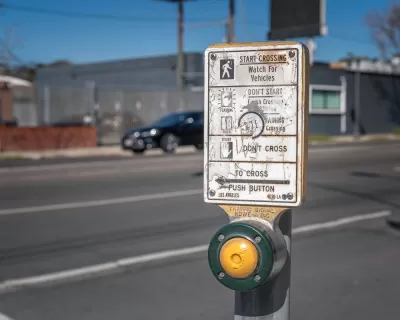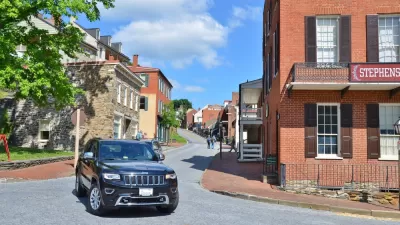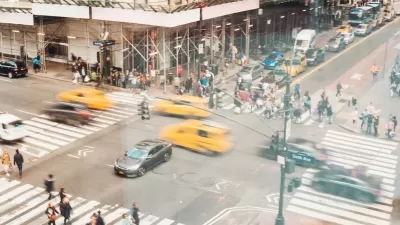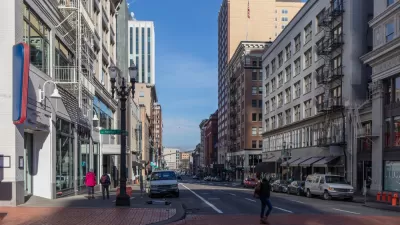Communities of color have significantly higher rates of traffic fatalities, according to federal research.

New federal data from the National Highway Traffic Safety Administration (NHTSA) reveals “significant disparities” in traffic fatalities between racial and ethnic groups in the United States, according to an article by Dan Rosenbaum in Smart Cities Dive.
Research undertaken in 2022, the first of its kind to examine “traffic safety in the context of race and ethnicity,” found that traffic deaths per 100,000 varied from 10.92 for White people to 24.75 for American Indian or Alaska Native people. Pedestrian deaths showed even stronger disparities: “In 2018, the pedestrian fatality rate for American Indian or Alaska Native people was 3.42 times the rate for White people; for Black people, it was 1.97 times the rate for White people. Asian pedestrians died at slightly more than half the rate of White pedestrians.”
The NHTSA did not offer an answer for why these disparities exist, but infrastructure—or the lack thereof in historically disinvested neighborhoods—could be a factor.
Shannon Hughes, a deputy regional administrator for NHTSA, said reducing traffic fatalities starts with a “safe system approach” that acknowledges the potential for human error and focuses on safe infrastructure that minimizes risk for all road users. “DOT’s safe system approach calls not just for safer drivers and pedestrians, but for safer road and vehicle design, reduced speeds and better post-crash care.”
FULL STORY: Racial and ethnic disparities in traffic deaths revealed in NHTSA report

Study: Maui’s Plan to Convert Vacation Rentals to Long-Term Housing Could Cause Nearly $1 Billion Economic Loss
The plan would reduce visitor accommodation by 25,% resulting in 1,900 jobs lost.

North Texas Transit Leaders Tout Benefits of TOD for Growing Region
At a summit focused on transit-oriented development, policymakers discussed how North Texas’ expanded light rail system can serve as a tool for economic growth.

Why Should We Subsidize Public Transportation?
Many public transit agencies face financial stress due to rising costs, declining fare revenue, and declining subsidies. Transit advocates must provide a strong business case for increasing public transit funding.

How to Make US Trains Faster
Changes to boarding platforms and a switch to electric trains could improve U.S. passenger rail service without the added cost of high-speed rail.

Columbia’s Revitalized ‘Loop’ Is a Hub for Local Entrepreneurs
A focus on small businesses is helping a commercial corridor in Columbia, Missouri thrive.

Invasive Insect Threatens Minnesota’s Ash Forests
The Emerald Ash Borer is a rapidly spreading invasive pest threatening Minnesota’s ash trees, and homeowners are encouraged to plant diverse replacement species, avoid moving ash firewood, and monitor for signs of infestation.
Urban Design for Planners 1: Software Tools
This six-course series explores essential urban design concepts using open source software and equips planners with the tools they need to participate fully in the urban design process.
Planning for Universal Design
Learn the tools for implementing Universal Design in planning regulations.
Ascent Environmental
Borough of Carlisle
Institute for Housing and Urban Development Studies (IHS)
City of Grandview
Harvard GSD Executive Education
Toledo-Lucas County Plan Commissions
Salt Lake City
NYU Wagner Graduate School of Public Service





























